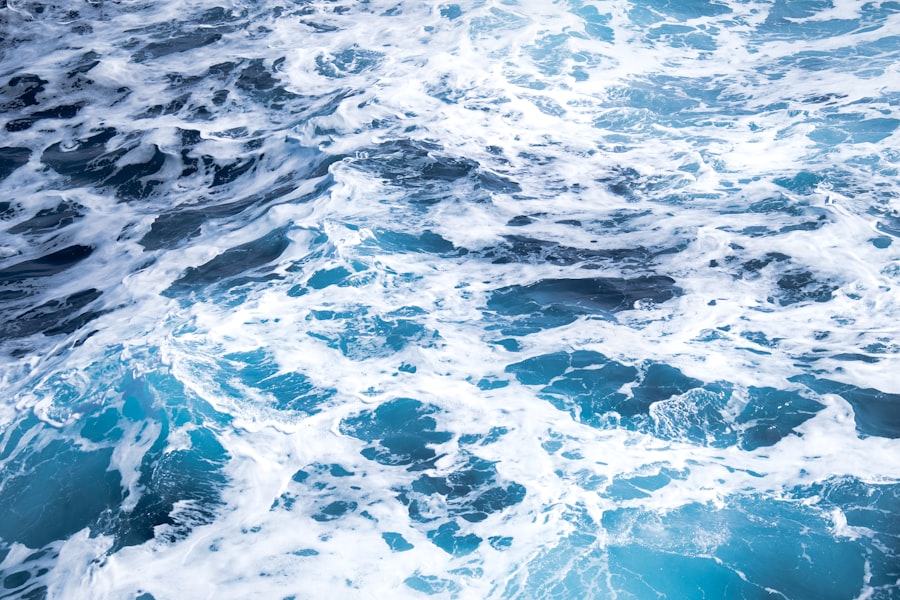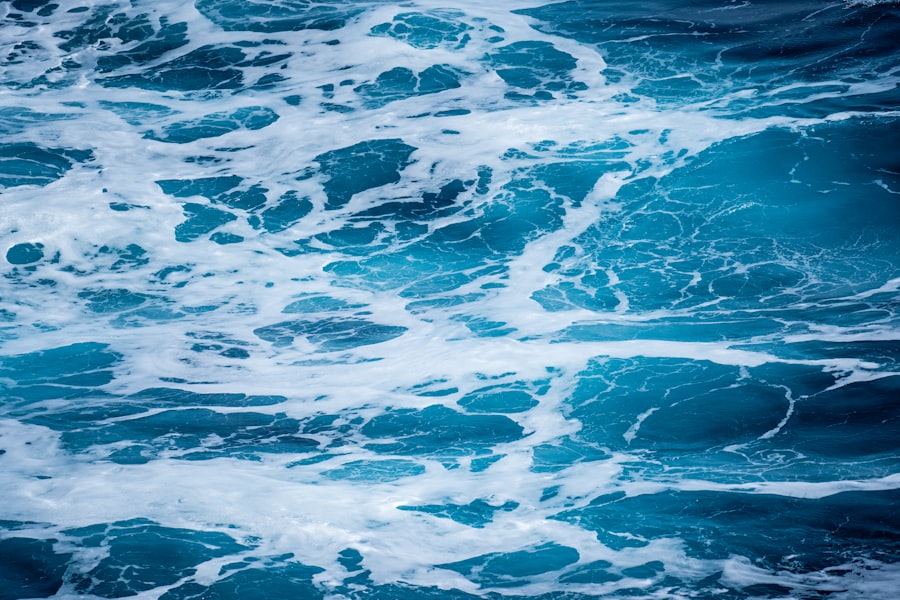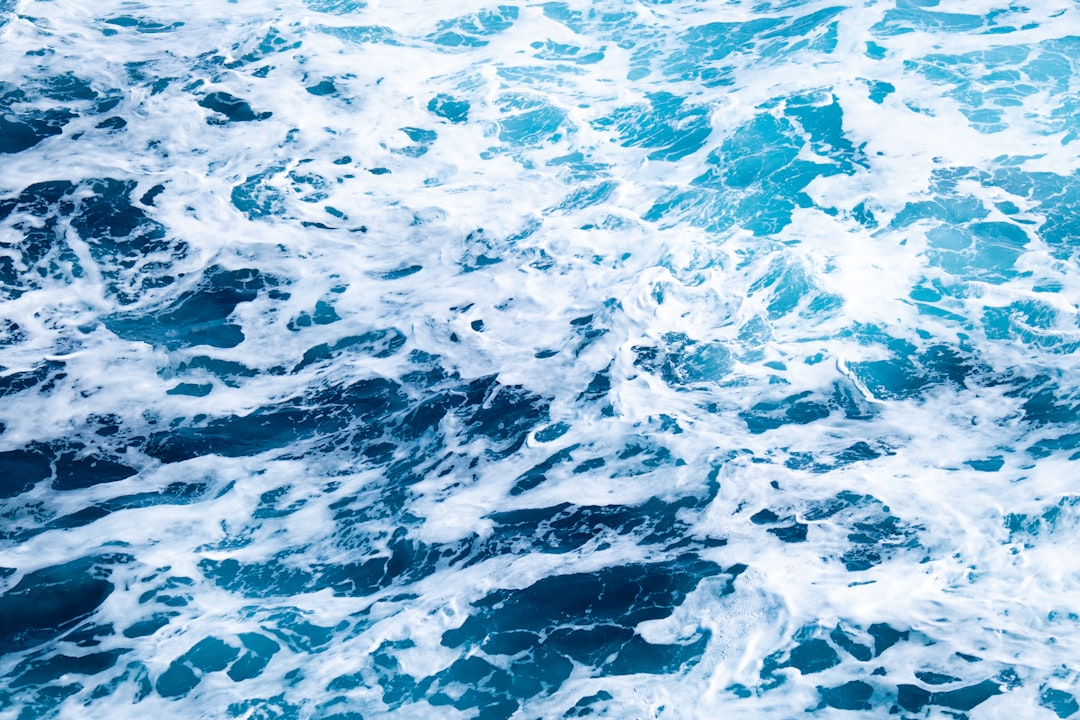The Drake Passage, a body of water that separates South America from Antarctica, is renowned for its tumultuous seas and unpredictable weather. Named after the English explorer Sir Francis Drake, who navigated these waters in the late 16th century, the passage has become a focal point for adventurers, researchers, and nature enthusiasts alike. It serves as a critical route for vessels traveling between the Atlantic and Pacific Oceans, making it an essential corridor for maritime trade and exploration.
The Drake Passage is not merely a geographical feature; it embodies the spirit of adventure and the challenges of exploration. Crossing the Drake Passage is often considered a rite of passage for those seeking to explore the Antarctic region. The allure of its icy waters and the promise of breathtaking landscapes draw countless travelers each year.
However, the passage is not without its dangers, as it is infamous for its rough seas and rapidly changing weather conditions. For many, the journey through the Drake Passage represents both a physical and psychological challenge, testing their resolve and determination. As such, understanding the intricacies of this formidable waterway is essential for anyone contemplating a voyage through its depths.
Key Takeaways
- The Drake Passage is a treacherous body of water located between South America’s Cape Horn and the South Shetland Islands of Antarctica.
- The geography and climate of the Drake Passage are characterized by strong winds, rough seas, and frigid temperatures, making it one of the most challenging maritime routes in the world.
- The Drake Passage holds great historical significance as the route taken by famous explorers such as Sir Francis Drake and Charles Darwin, and it continues to be a popular destination for modern-day adventurers.
- Navigating the Drake Passage poses numerous challenges and dangers, including extreme weather conditions, icebergs, and the notorious “Drake Shake” that can cause severe seasickness.
- Proper preparation, including choosing the right vessel, understanding safety measures, and being equipped to deal with rough seas and extreme weather, is essential for a successful journey through the Drake Passage.
Understanding the geography and climate of the Drake Passage
The Drake Passage spans approximately 600 kilometers (370 miles) at its narrowest point, connecting the southern tip of South America to the Antarctic Peninsula. This strategic location makes it one of the most significant maritime routes in the world. The passage is characterized by its deep waters, with depths reaching over 4,000 meters (13,000 feet), and is flanked by the rugged coastlines of Cape Horn to the north and the Antarctic Peninsula to the south.
The unique geography of the Drake Passage contributes to its notorious reputation, as it serves as a funnel for ocean currents and weather systems. The climate in the Drake Passage is equally unpredictable, influenced by a combination of polar and temperate weather patterns. The region experiences strong winds, particularly from the west, which can create formidable waves and challenging sailing conditions.
The convergence of cold Antarctic waters with warmer currents from the north leads to frequent storms and fog, making navigation particularly treacherous. Understanding these climatic factors is crucial for anyone planning to traverse this formidable passage.
Historical significance and exploration of the Drake Passage

The historical significance of the Drake Passage cannot be overstated. It has long been a site of exploration and discovery, attracting adventurers from various cultures and eras. Sir Francis Drake’s expedition in 1578 marked one of the first recorded crossings of this treacherous waterway, paving the way for future explorers.
His journey not only expanded European knowledge of the southern seas but also highlighted the potential for trade routes that could connect Europe with Asia via the Pacific Ocean. In subsequent centuries, numerous explorers followed in Drake’s wake, each contributing to humanity’s understanding of this remote region.
The legacy of these explorers is evident today, as their accounts continue to inspire modern adventurers seeking to navigate the same waters. The Drake Passage stands as a testament to human curiosity and resilience in the face of nature’s challenges.
Challenges and dangers of navigating the Drake Passage
| Challenges and Dangers of Navigating the Drake Passage |
|---|
| Rough seas and strong winds |
| Potential for icebergs and ice floes |
| Narrow and unpredictable navigational route |
| Isolation and limited access to assistance |
| Extreme weather conditions |
| Potential for seasickness and motion discomfort |
Navigating the Drake Passage presents numerous challenges that can test even the most experienced mariners. The combination of strong currents, unpredictable weather patterns, and towering waves creates an environment that demands respect and caution. The infamous “Drake Shake,” as it is colloquially known, refers to the violent swells that can arise without warning, making sailing conditions perilous.
These conditions can lead to significant discomfort for passengers and crew alike, with seasickness being a common affliction during crossings. Moreover, the isolation of the Drake Passage poses additional risks. In case of emergencies or mechanical failures, assistance may be hours or even days away due to the remoteness of the region.
This isolation necessitates thorough preparation and contingency planning before embarking on a journey through these waters. Understanding these challenges is vital for anyone considering a crossing, as it underscores the importance of safety measures and preparedness in navigating this formidable passage.
Tips for preparing for a journey through the Drake Passage
Preparation is key when embarking on a journey through the Drake Passage. Travelers should begin by researching their chosen route and understanding what to expect during their crossing. Familiarizing oneself with potential weather patterns and sea conditions can help set realistic expectations for the journey ahead.
Additionally, travelers should consider their physical fitness levels, as crossing the Drake can be physically demanding due to rough seas. Packing appropriately is also crucial for a successful voyage. Layered clothing is recommended to accommodate fluctuating temperatures, along with waterproof gear to protect against splashes and rain.
Essential items such as seasickness medication should be included in one’s travel kit to mitigate discomfort during turbulent crossings. By taking these preparatory steps, travelers can enhance their overall experience while navigating this challenging waterway.
Choosing the right vessel for a safe passage

Selecting an appropriate vessel is paramount when planning a journey through the Drake Passage. Various types of ships are equipped to handle the unique challenges posed by these waters, ranging from sturdy expedition vessels designed specifically for polar exploration to larger cruise ships that offer more comfort but may not be as agile in rough seas. Travelers should consider their preferences for comfort versus adventure when choosing their vessel.
Additionally, it is essential to assess the vessel’s safety features and crew experience. A well-trained crew familiar with navigating the Drake Passage can make all the difference in ensuring a safe crossing. Travelers should inquire about safety protocols, emergency equipment onboard, and past experiences of the crew in handling challenging conditions.
By making informed choices regarding vessel selection, travelers can significantly enhance their chances of a safe and enjoyable journey through this iconic passage.
Strategies for dealing with rough seas and extreme weather conditions
Dealing with rough seas and extreme weather conditions requires both mental fortitude and practical strategies. One effective approach is to maintain a positive mindset throughout the journey. Understanding that rough patches are part of the experience can help travelers cope with discomfort and anxiety during turbulent moments at sea.
Engaging in activities such as reading or socializing with fellow passengers can also serve as distractions from challenging conditions. Practically speaking, travelers should familiarize themselves with onboard safety protocols before setting sail. Knowing where life jackets are located and understanding emergency procedures can provide peace of mind during rough crossings.
Additionally, staying hydrated and nourished can help maintain energy levels when faced with challenging conditions. By employing these strategies, travelers can navigate rough seas with greater confidence and resilience.
Wildlife encounters in the Drake Passage
One of the most enchanting aspects of crossing the Drake Passage is the opportunity to encounter diverse wildlife unique to this region. The waters are teeming with marine life, including various species of whales such as humpbacks, orcas, and minke whales that often breach or spout nearby vessels. Birdwatchers will also delight in spotting seabirds like albatrosses and petrels soaring gracefully above the waves.
These wildlife encounters are not only thrilling but also serve as reminders of the ecological significance of this remote region. The Drake Passage acts as a vital habitat for numerous species that rely on its nutrient-rich waters for sustenance. Travelers are encouraged to bring binoculars and cameras to capture these unforgettable moments while respecting wildlife viewing guidelines to ensure minimal disturbance to these magnificent creatures.
Safety measures and emergency protocols for navigating the Drake Passage
Safety should always be a top priority when navigating the Drake Passage. Before embarking on any journey through these waters, travelers should familiarize themselves with onboard safety measures and emergency protocols established by their vessel’s crew. This includes understanding evacuation procedures, knowing how to use safety equipment such as life jackets and lifeboats, and being aware of designated muster stations.
In addition to onboard protocols, travelers should also consider personal safety measures during their journey. Wearing appropriate footwear with non-slip soles can help prevent accidents on deck during rough seas. Staying informed about weather updates and heeding crew instructions during turbulent conditions are also essential practices for ensuring safety throughout the crossing.
The experience of crossing the Drake Passage
The experience of crossing the Drake Passage is often described as transformative—a blend of exhilaration, awe, and introspection. As travelers embark on their journey across these storied waters, they are enveloped by breathtaking views of rolling waves and distant icebergs that punctuate the horizon. The sense of adventure is palpable as they navigate through one of nature’s most formidable environments.
For many, crossing the Drake Passage becomes a defining moment in their lives—a testament to their courage in facing challenges head-on. The camaraderie formed among fellow travelers during this shared experience often leads to lasting friendships forged in adversity. As they emerge on the other side, having conquered one of nature’s most daunting passages, travelers carry with them not only memories but also a profound appreciation for both the beauty and power of our planet.
The allure and rewards of conquering the Drake Passage
In conclusion, traversing the Drake Passage offers an unparalleled adventure filled with challenges and rewards that resonate long after one has returned home. From its rich historical significance to its breathtaking wildlife encounters, this iconic waterway captivates those who dare to cross it. While navigating its tumultuous waters requires careful preparation and respect for nature’s forces, those who embrace this journey often find themselves transformed by their experiences.
The allure of conquering the Drake Passage lies not only in reaching one’s destination but also in embracing every moment along the way—the thrill of adventure, the beauty of nature, and the bonds formed with fellow travelers create an indelible mark on one’s spirit. For those who seek both challenge and inspiration in their travels, crossing this legendary passage remains an unforgettable chapter in their personal narratives—a true testament to human resilience against nature’s grandeur.
The Drake Passage, a body of water located between the southern tip of South America and Antarctica, is renowned for its challenging navigation conditions and its role in global ocean circulation. This passage is a crucial component of the Antarctic Circumpolar Current, which is the world’s largest ocean current and plays a significant role in regulating the Earth’s climate. For those interested in exploring more about the geographical and environmental significance of the Drake Passage, a related article can be found on MyGeoQuest. This article delves into the unique characteristics and the historical importance of this treacherous yet fascinating maritime route. To learn more, visit the article on MyGeoQuest.
WATCH NOW! Drake Passage: Earth’s Deadliest Waters Revealed
FAQs
What is the Drake Passage?
The Drake Passage is a body of water located between the southern tip of South America and the northern tip of the Antarctic Peninsula. It connects the southwestern part of the Atlantic Ocean with the southeastern part of the Pacific Ocean.
Why is the Drake Passage significant?
The Drake Passage is significant because it is the shortest and most direct route between Antarctica and the rest of the world. It is also known for its notoriously rough seas and strong winds, making it a challenging and iconic passage for sailors and explorers.
What makes the Drake Passage so rough?
The Drake Passage is known for its rough seas due to the lack of any significant landmass to disrupt the strong westerly winds that circle the Antarctic continent. These winds, known as the “roaring forties,” “furious fifties,” and “screaming sixties,” can create large waves and stormy conditions in the passage.
What wildlife can be found in the Drake Passage?
The Drake Passage is home to a diverse range of wildlife, including various species of seabirds, whales, seals, and penguins. It is a popular destination for wildlife enthusiasts and birdwatchers due to the abundance of marine life in the area.
How is the weather in the Drake Passage?
The weather in the Drake Passage can be unpredictable and harsh, with strong winds, rough seas, and rapidly changing conditions. Storms and low-pressure systems are common in the area, making it a challenging environment for maritime travel.
